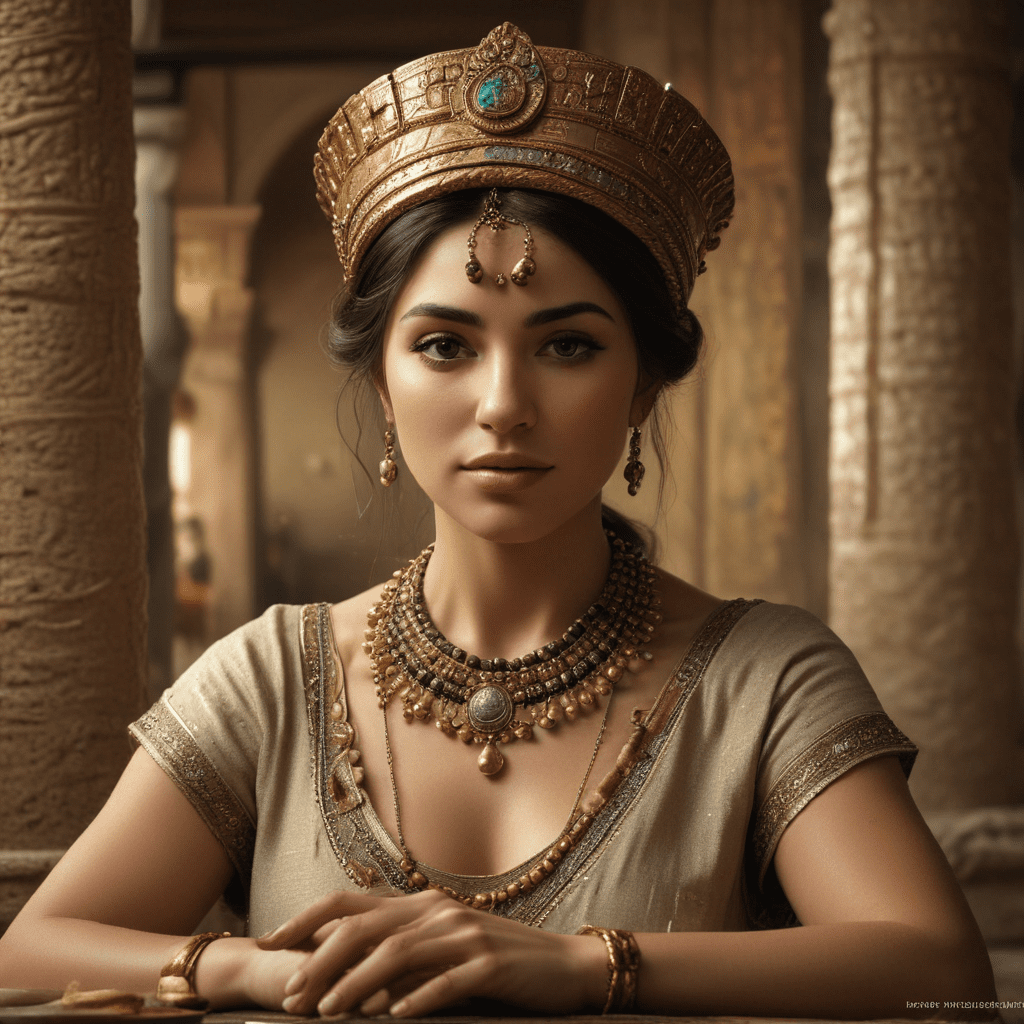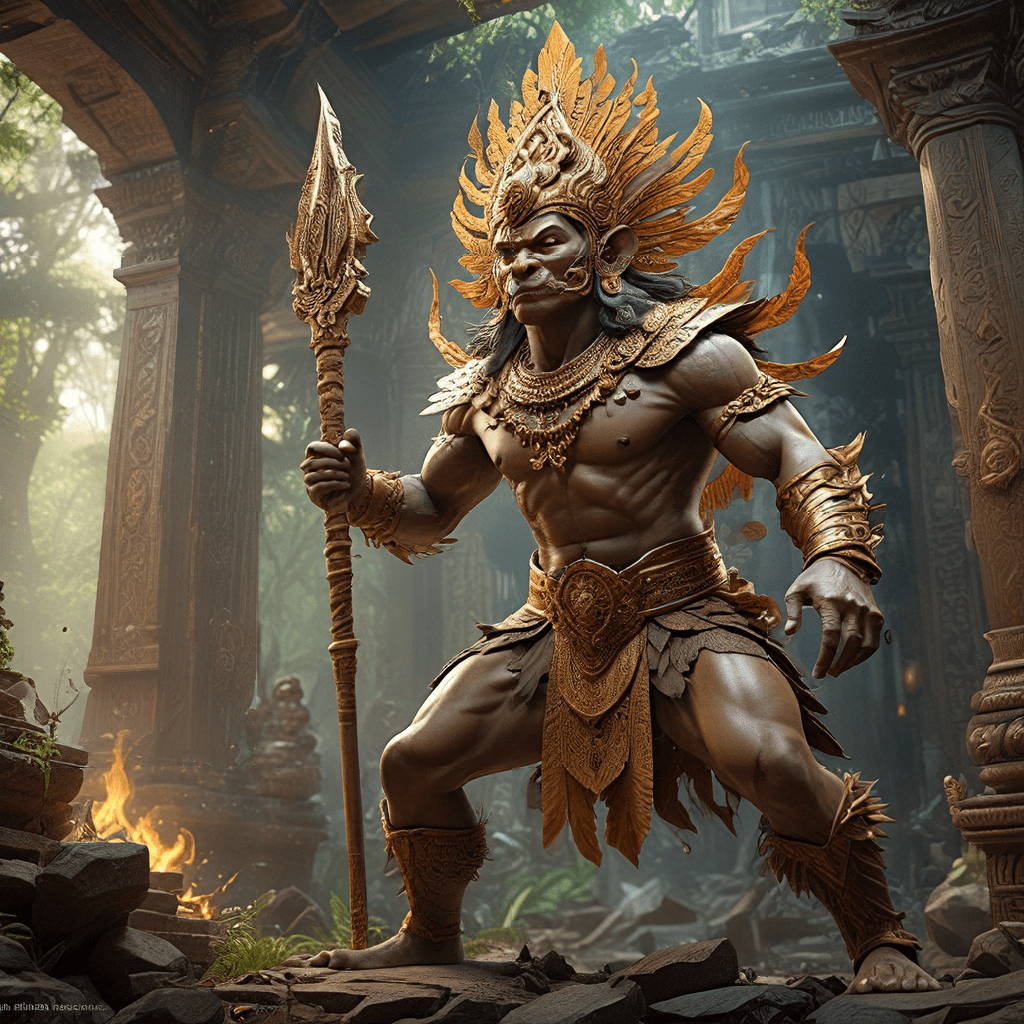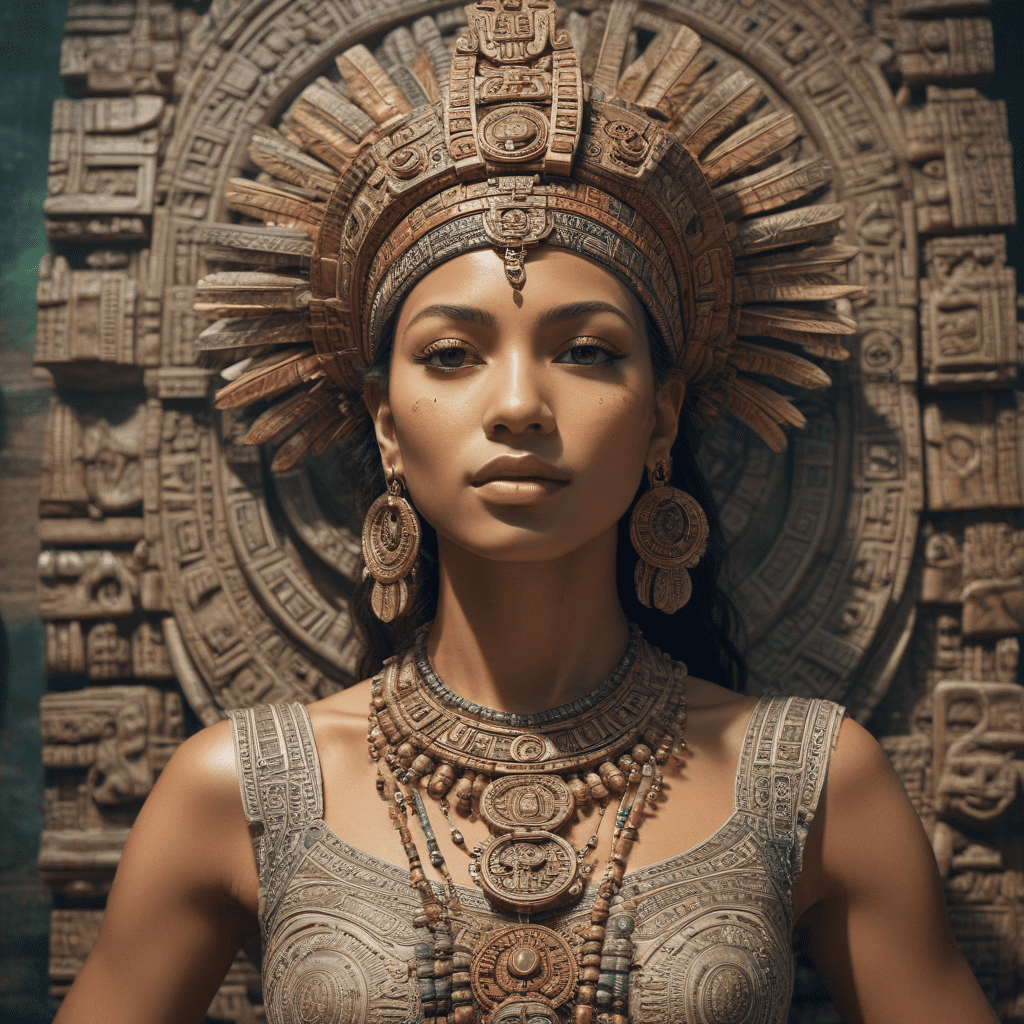1. Introduction
The Cult of Gula: Goddess of Healing and Medicine in Mesopotamian Religion
Gula, the Mesopotamian goddess of healing and medicine, played a vital role in the lives of ancient Mesopotamian people. Her cult was widespread, and her temples served as both centers of healing and religious devotion. This paper will explore the multifaceted nature of Gula's worship, examining her mythology, cult centers, medical practices, symbolism, and social significance.
2. Mythology of Gula
Gula's origins are shrouded in mystery, but she is often associated with the sun god Shamash and the underworld goddess Ereshkigal. In some myths, she is described as the daughter of Anu, the sky god, while other accounts present her as the супруга of Ningishzida, the god of the underworld. Regardless of her parentage, Gula's primary role was to heal the sick and protect her devotees from diseases.
3. Cult Centers and Practices
Gula's cult was centered in several major cities throughout Mesopotamia, including Nippur, Isin, and Larsa. Her most prominent temple was located in Isin, where she was worshipped as the city's patron deity. Gula's temples were not only places of worship but also served as medical centers where priests and priestesses treated the sick and injured. Devotees would offer prayers, sacrifices, and votive gifts to Gula in hopes of receiving her healing powers.
4. Medical Texts and Practices
Mesopotamian medicine was surprisingly advanced for its time, and Gula played a significant role in its development. Medical texts from the period describe a variety of treatments for various ailments, including herbal remedies, surgical procedures, and incantations. Gula was often invoked in these texts, and her image was sometimes used as a symbol of healing.
5. Symbolism and Iconography
Gula is often depicted in Mesopotamian art as a young woman with long hair and a flowing robe. She is frequently shown holding a staff or a serpent, both of which were associated with healing in ancient Mesopotamia. The serpent, in particular, was seen as a symbol of rejuvenation and rebirth, reflecting Gula's ability to restore health and vitality to the sick.
6. Gula in Mesopotamian Society
Gula's cult played a vital role in Mesopotamian society, reflecting the deep-seated fear of illness and the desire for healing. Her worship provided comfort and support to individuals and communities, offering hope and solace in times of sickness and despair. Gula's temples served as centers of healing and refuge, where people could seek medical treatment, pray for divine intervention, and find solace in the presence of the goddess.
7. The Legacy of Gula
The legacy of Gula's worship extends far beyond the borders of ancient Mesopotamia. Her image and symbolism have influenced later religious traditions, and her role as a healer continues to inspire compassion and empathy. Gula's story reminds us of the enduring human desire for healing and the importance of seeking comfort and support in times of need.
8. Conclusion
Gula, the Mesopotamian goddess of healing and medicine, played a significant role in the lives of ancient Mesopotamian people. Her cult was widespread, and her temples served as both centers of healing and religious devotion. This paper has explored the multifaceted nature of Gula's worship, examining her mythology, cult centers, medical practices, symbolism, and social significance. Gula's legacy reminds us of the enduring human desire for healing and the importance of seeking comfort and support in times of need.
9. Frequently Asked Questions (FAQ)
Who was Gula?
Gula was the Mesopotamian goddess of healing and medicine. She was associated with the sun god Shamash and the underworld goddess Ereshkigal. Gula's primary role was to heal the sick and protect her devotees from diseases.
Where was Gula worshipped?
Gula's cult was centered in several major cities throughout Mesopotamia, including Nippur, Isin, and Larsa. Her most prominent temple was located in Isin, where she was worshipped as the city's patron deity.
What were Gula's symbols?
Gula was often depicted in Mesopotamian art as a young woman with long hair and a flowing robe. She is frequently shown holding a staff or a serpent, both of which were associated with healing in ancient Mesopotamia.
What was the significance of Gula's cult?
Gula's cult played a vital role in Mesopotamian society, reflecting the deep-seated fear of illness and the desire for healing. Her worship provided comfort and support to individuals and communities, offering hope and solace in times of sickness and despair.
What is the legacy of Gula?
The legacy of Gula's worship extends far beyond the borders of ancient Mesopotamia. Her image and symbolism have influenced later religious traditions, and her role as a healer continues to inspire compassion and empathy. Gula's story reminds us of the enduring human desire for healing and the importance of seeking comfort and support in times of need.




